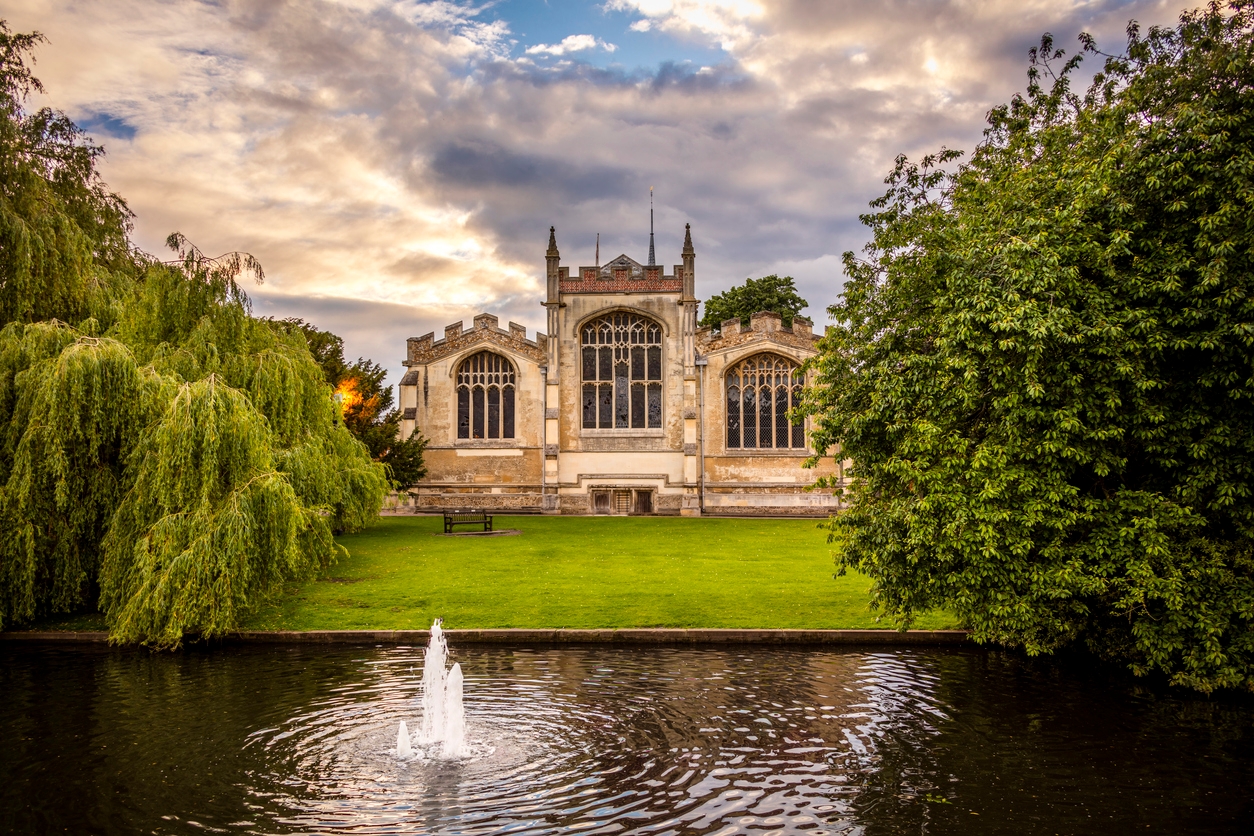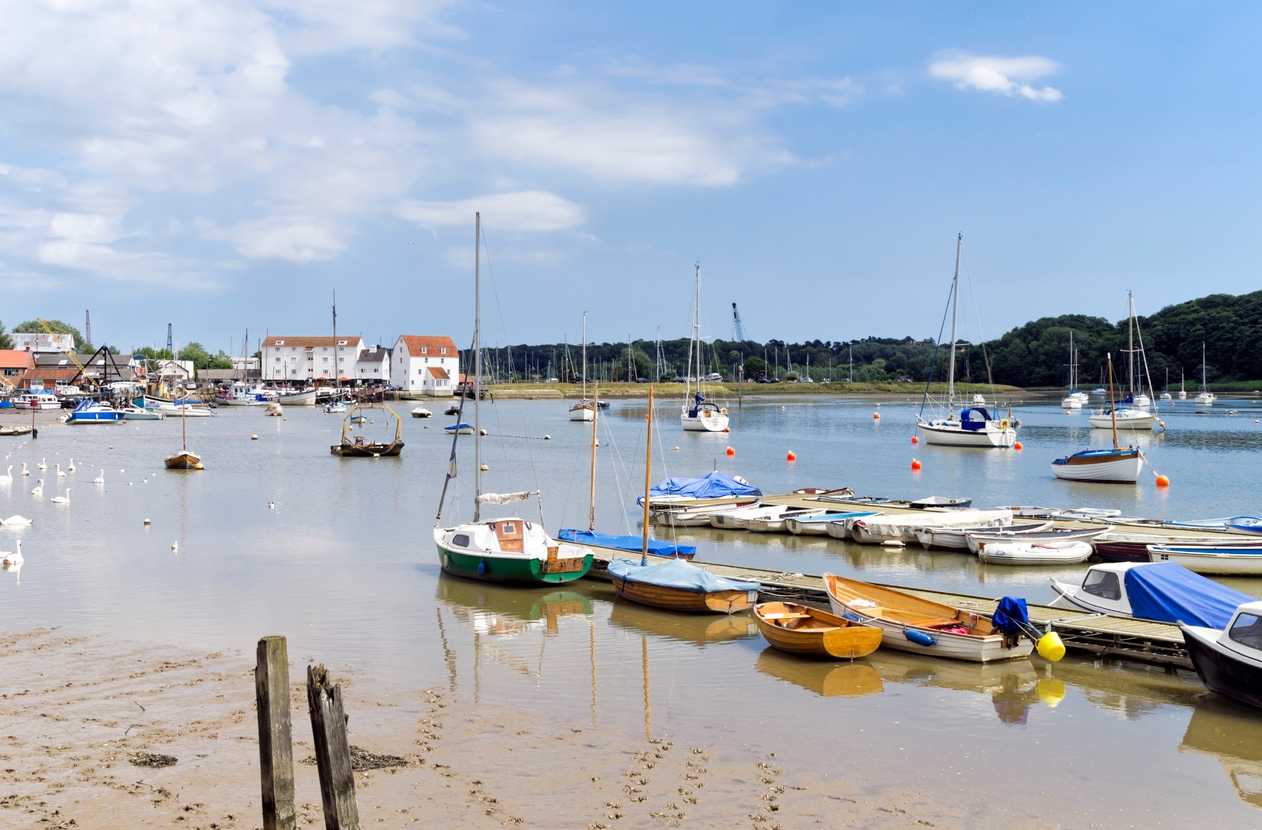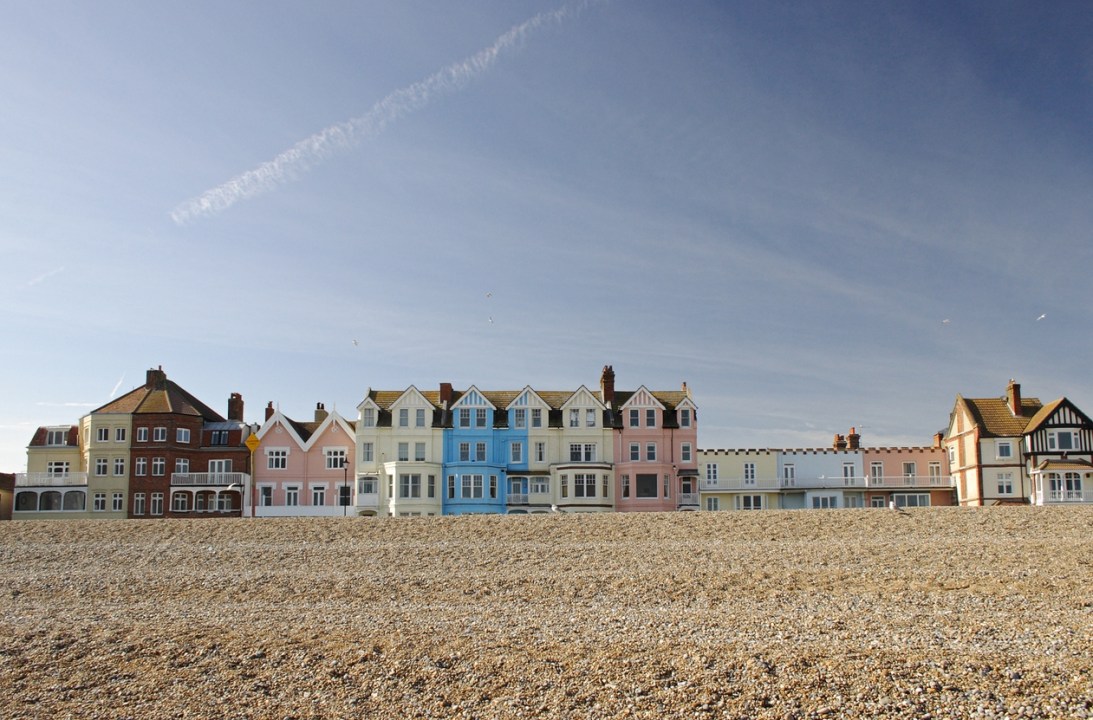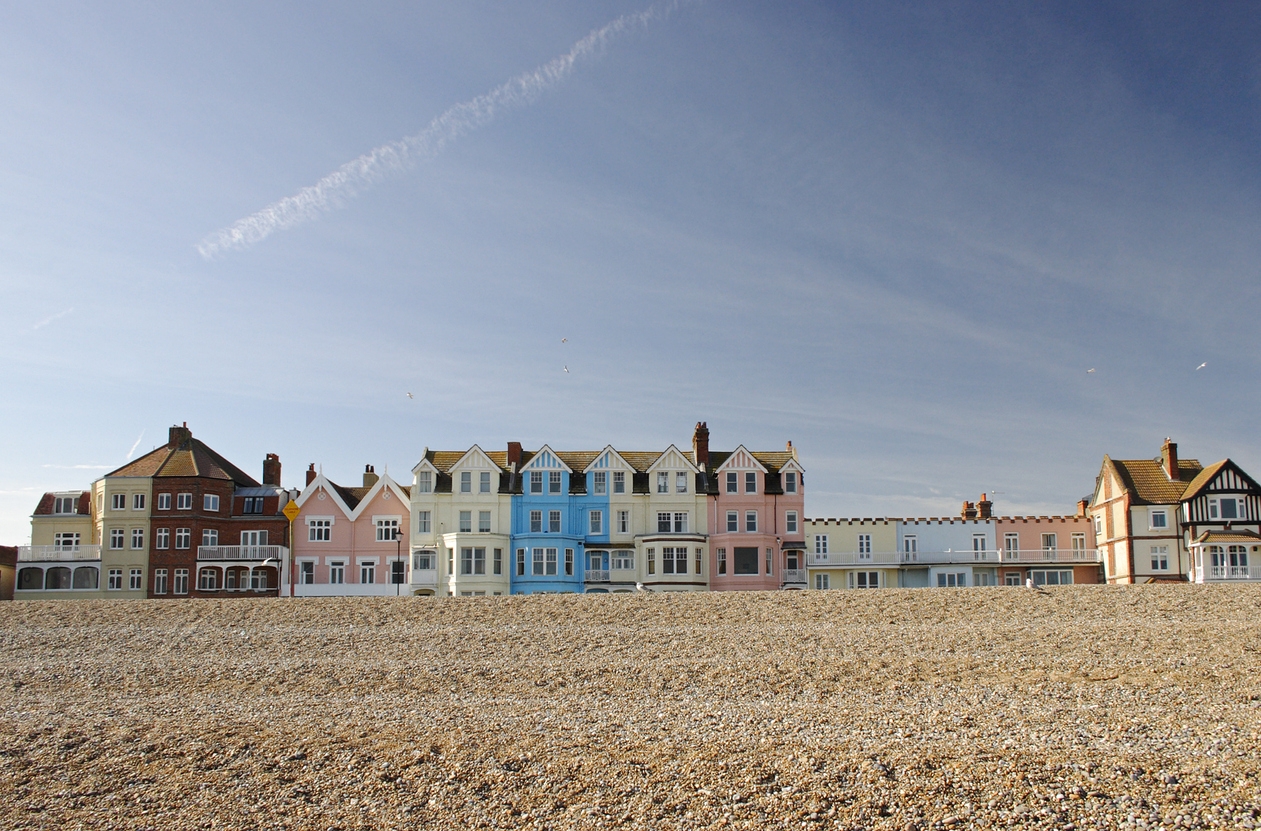You might remember, back before Covid, when life was ‘normal’, at three o’clock on a Friday afternoon, the Volkswagens, Audis and Jaguars clogging up the pavements of Kensington, Parsons Green and Hammersmith would one by one nudge out, and make for the Great West Road, duly clotting the A4 like a fast-food addict’s aorta.
To all points west they would go – to the dewy hamlets of Hampshire, to the honeyed villages of the Cotswolds, to the pebbled beaches of Dorset’s Jurassic Coast, to the curvaceous nooks of Devon’s South Hams.
But there is another way you can go, my friends, one which isn’t west. You can go east. And, boy, does it pay dividends. Among the great bifurcations of life – coffee versus tea, sirloin versus ribeye, pheasant versus partridge – there is one that stands supreme: east versus west.
Long overlooked, the east is increasingly where it’s at. Why join the traffic jam to the South Hams when in half the time you can be under the broad skies of Suffolk? Keep your Salcombe and the Winking Prawn, I’ll take the sand dunes of Walberswick, or fish and chips on the beach at Aldeburgh, or a stroll among the mounds at Sutton Hoo, any day.
Yes, the east is flatter. And it’s more rough and ready – our Waitrose car parks are not full of Range Rovers in Farrow & Ball approved hues. But our oysters – be they the Mersea Island or Maldon variety, are without peer. And we boast Saxon churches in flint like nowhere else. Stroll through the overgrown graveyards of Suffolk or Essex, looking down over half-empty tidal rivers, and you can almost smell the Vikings.
And yet despite its multiple charms, the east is still overlooked. According to the official government figures supplied by the ONS property prices in the east of England, which includes the home counties of Hertfordshire, Cambridgeshire and Essex with their London commuter lands, as well as Suffolk and Norfolk, rose by 6 per cent in the year to February 2021. The average property was worth £306k. The South East, meanwhile, which includes the golden acres of Chipping Norton in Oxfordshire, as well as the Sussexes, Surrey and Hampshire went up 8.5 per cent, taking average prices to £345k. The South West, meanwhile, bounced up by a lively 9 per cent – presumably on the hopes of new ‘hybrid’ working by those anxious to flee the murk of the capital. Prices of faraway places in Wiltshire, Dorset and Devon hit £279k. (This looks good value until you consider their distant proximity to London and the sheer time it takes people needing to work there.)
Which means, in my view, that the east is still hot to trot.
A short train ride – in up to an hour or so – from King’s Cross or Liverpool Street will deliver you to charming a market town such as Hitchin, St Albans or Manningtree, and then – if you wish, to a rustic idyll equal to the best of the west.

If property is your thing, you won’t need me to tell you about the attractions of the Dedham Vale – ‘Constable country’ on the Essex-Suffolk border; 55 minutes from London at Manningtree on the Stour. You may likely be familiar already with the nearby Shotley Peninsular in Suffolk proper, bordered by the Orwell River to the north (after which Eric Blair named himself) and the Stour to the south. It was also recently named one of the best corners of England to live– and who can argue once you’ve sampled a pint at the Butt and Oyster pub at Pin Mill overlooking river?
Suffolk’s other gems include Woodbridge (just a stone’s throw from Sutton Hoo – did you see The Dig?), a market town with square and a market hall, and the most charming violin-maker’s shop that makes your heart glad. Alas, Woodbridge is hardly a secret – as you’ll discover if you want to buy a house there (Rightmove reports an average price of £417k) – but it’s still the sort of place that would make Betjeman weep with joy. And look carefully, and you’ll find land-that-time forgot villages around Ipswich (an hour and ten from London on the train), such as Grundisburgh, where you can sit by the brook that babbles through the village green and admire the sunset in the leaded windows of the church while enjoying a pint from The Dog. I’ve had the pleasure and I recommend it.

Head out to the coast and Suffolk is blessed – whether it’s Aldeburgh, Southwold, Snape Maltings (with its concert hall), Dunwich or Walberswick (one of the most expensive places in the region according to Rightmove with an average property price of £1 million) these are places where life could be yours and is worth living.
Yet keep going and, truly, Norfolk is Koh-i-Noor in the Crown Imperial of the east: it’s further from London, yes, but Cromer, Sheringham, Wells-next-the-Sea, Holkham… the north Norfolk coastline is among the best in the world. Bugger Bali, I’ll take Blakeney Point any day of the week.
Then you’ve got the incredible expanse of the Norfolk Broads, there’s Lowestoft, and Thetford forest further inland deserves investigation. (And, what’s more, according to Rightmove, the average house price in Norfolk is £283k – lower than the £304k in Suffolk or £388k in Essex, £335k in Cambridgeshire – or the relatively mighty £509k in Hertfordshire, thanks doubtlessly to those popular market towns.) Yet by comparison the average price in the glorious South Hams in Devon is £426k and Oxfordshire weighs in at £460k. As ever, dreams come with a price.
If you can forego the pleasures of the A303 or the M4, of sandstone the colour of sunlight, then I exalt you to explore the roads heading east. It has good schools – state and independent; it has a huge coast, equal to its skies; it has charm, authenticity and thriving villages. And it doesn’t have stacks of people: Suffolk and Norfolk both claim admirably low levels of population density, if avoiding the crowds is your thing (at least four council districts boast populations per square kilometre lower than the Scilly Isles.) Rural Essex, too, on the cusp of Suffolk at any rate, is a surprisingly green and empty land.
‘The deepest Essex few explore,’ wrote Betjemen, ‘Where steepest thatch is sunk in flowers/ And out of elm and sycamore/ Rise flinty fifteenth-century towers.’
Go on, give it a go.







Comments